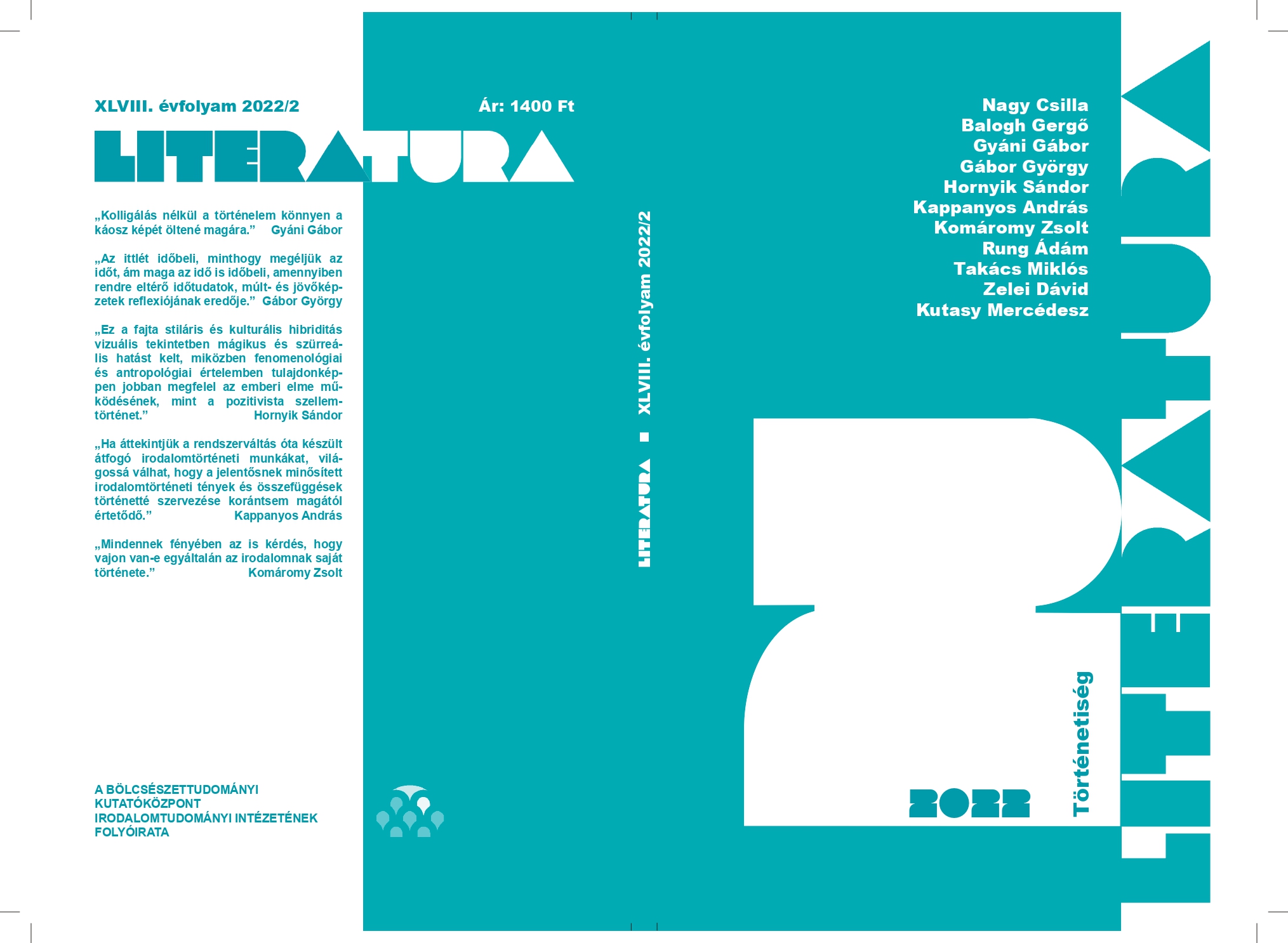Kartográfiai módszer az irodalomtörténetben
Absztrakt
The Cartographic Method in Literary History
In the new millennium, the Institute of Literary Studies has undertaken the task of preparing a new multi-volume handbook of Hungarian literary history. From the very beginning, the concept was based on a few consensual insights: the narrative we put forward must in no way be ideology-driven and in no way teleological – even though its subject matter often consists of ideological and teleological constructions – and its approach must strive for encyclopaedic balance. Our research group, which is working on the period from the last decade of the 19th century to the present, is facing particular difficulties with regard to these principles. Almost none of the existing synthetic treatments of the first half of the period can be used, precisely because of their ideological load; while the second half is fraught with unresolved debates, ideological and teleological. The history of the period is fragmented by traumas of non-literary (primarily political-historical) origin, while the number of objects relevant to historiography (works, institutions, ideas, initiatives, channels of communication, media frameworks, etc.) is growing at an unprecedented rate, forcing a rigorous selection which then has to be defended again against accusations of ideological influence. This paper attempts to outline the preliminary modelling operations that might help our research group to meet these challenges.
Keywords: Hungarian literature, Modernism, literary history, cartographic method



